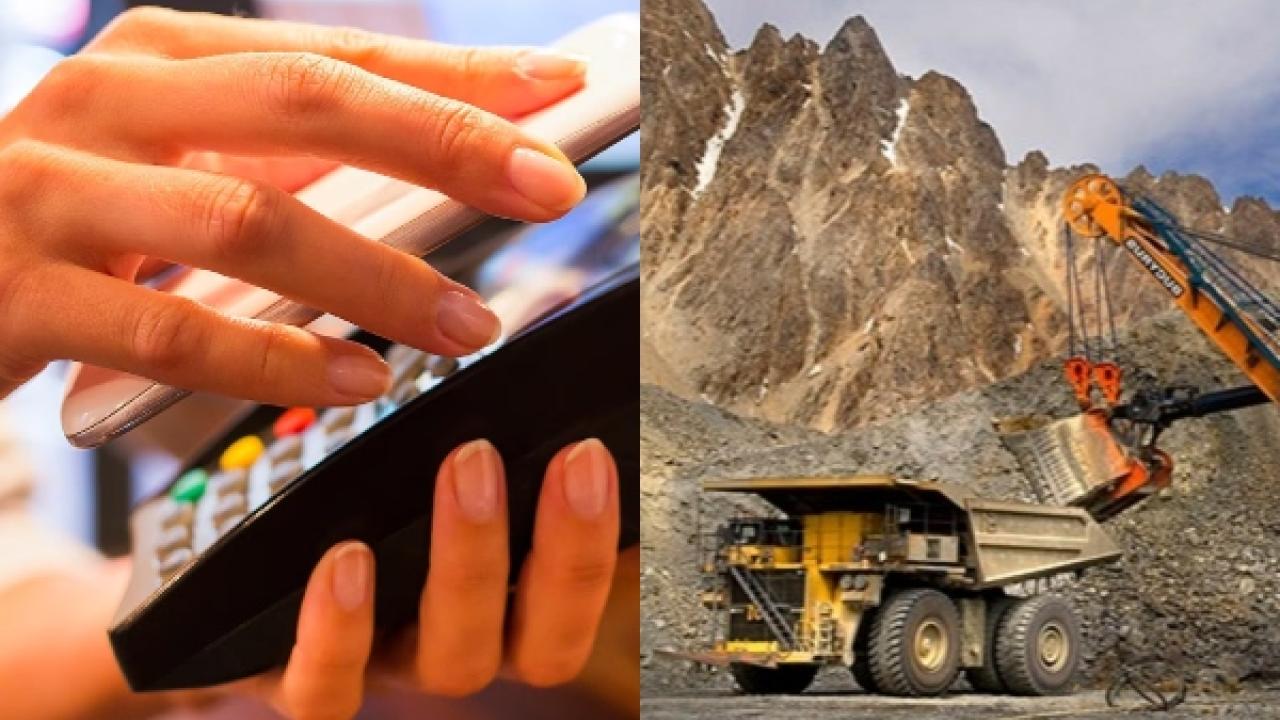
From preventing heavy machinery breakdowns to bank fraud through facial recognition, AI is making its way into key sectors of the Chilean economy.
At the end of September last year, the Economic Commission for Latin America and the Caribbean (ECLAC) published a report on the use of artificial intelligence (AI) in Latin America. The most striking aspect of the study was that Chile was consolidated as the country where the use of AI has advanced the most. The southern country obtained a score of 73.07 out of 100; followed by Brazil, with 69.3 and Uruguay, with 64.98 points.
Although these figures are far from those recorded in Europe and North America, they represent a milestone for a region with large gaps in technological infrastructure and human capital. ECLAC highlighted that Chile, like the other countries on the podium, has not only made progress in the implementation of AI-based technologies, but is also directing its national strategies towards the consolidation and expansion of these tools in all economic and social sectors.
It is not surprising then that in recent years, Chile has seen the emergence of multiple initiatives that seek to reduce the margin of error in the daily work of industries. One example is X-Analytic, a Chilean startup that uses AI to reduce failures in mining production.
Among its key functions, the platform collects and explores online data from various sources, consolidating it into a single platform that facilitates the analysis and management of mining assets. It also offers continuous monitoring of the health of “critical equipment”, those machines destined to work 24-hour shifts in difficult environments. In this way, it seeks to detect risks or anomalies before the equipment stops without warning. In this process, algorithms are used to predict failure modes and estimate the remaining useful life of each machine.
For Nicolás Orellana, Commercial Manager of X-Analytic , to understand the digital transformation in the startup 's operations , it is necessary to look at the production indicators. The first is the availability of the equipment, in other words, how long during the year they are enabled to operate; the second is the time of use.
“We aim to use artificial intelligence to increase the productivity of the mining plant. This means giving it the greatest number of hours available to operate and being able to better plan the downtime of the larger equipment, which requires many hours of maintenance,” Orellana told AméricaEconomía .
To predict operational failures of machinery, the X-Analytic platform gathers variables such as oil temperature or the state of the lubrication system to alert staff. Information on the latest maintenance plans for the machines is also included, which helps to establish deadlines for the next ones.
“We feed all this information into our AI models and what they do is look for patterns. For example, you can notice the speed at which the temperature rises or falls over a period of time and interpret the results,” he adds.
However, startup goals are sometimes thwarted by a problem that affects the mining sectors in several countries: slow adoption mechanisms by companies. Orellana points out that a mining company can take up to six months to start negotiations to quote a startup 's services . The second barrier is the resistance of certain workers to use digital tools, due to skepticism.
To clear any doubts, the X-Analytic spokesperson explains that they propose to clients that they take the amount of money they generate before implementing AI and compare it with the amount collected after the operation. “If a mining company has equipment that fails for 100 hours, that is three or four days of work wasted. But if AI reduces this time range to 80 hours, you can recover about US$20 million, which could generate profits of US$19 million if we remove the investment in AI.”
In terms of staff training, X-Analytic has an internal roadmap that invites job candidates to review previous documents and procedures as part of their evaluation. If the candidate is accepted, he or she will work as support for a senior engineer under the motto that there will always be a superior training the startup 's employees .
On the other hand, sustainability is also a key aspect of X-Analytic's operations. “Artificial intelligence can make predictions about how much and what I will pollute. In addition to identifying elements such as chlorine, nitrogen oxide, carbon dioxide or simply dust,” says Orellana. And although looking to the future, the Commercial Manager identifies that although electromobility and the consequent automation of mining vehicles is on the rise, this does not mean that pattern and fault recognition will be left aside.
AI TO SPEED UP TRANSACTIONS
Another sector of the Chilean economy where AI is making inroads is banking. An example of this phenomenon is Ionix, a company specialising in SaaS services, a cloud-based software model that offers applications to end users through an Internet browser.
The startup focuses on developing digital solutions for the financial and transactional sector in Chile and Latin America. It has products and services designed to facilitate electronic payments, guarantee transaction security and provide cloud tools tailored to business needs.
“We have two very strong business verticals: security and payments. We are currently promoting a strategy for 2025 where we implement artificial intelligence in these verticals. To start, we have a product focused on authenticating people. Basically, it is challenging them to prove that they are who they say they are. To do this, we use facial biometrics through machine learning , which is a subfield of AI that allows for recognition,” explained Sebastián de la Fuente, Product Manager and PMO of IONIX to AméricaEconomía .
But this only involves the first step. The next step is the identification of people. According to De la Fuente, through digital onboarding , not only is a person biometrically validated, but their identity document is also validated and a match or connection is made between the two. However, not everything is rosy, as the growing use of deep fakes is alarming. Today, many cybercriminals try to circumvent facial biometric mechanisms through manipulated images of faces.
“So the biggest challenge involves how to avoid these operations. AI must be taught to understand not only the face, but also to interpret the context in which the person is located, as well as other factors such as gestures and lighting in the environment,” says de la Fuente.
It is worth noting that for the payments vertical, IONIX is still in an experimental phase. However, its platform seeks to leverage AI to detect behavioral anomalies and transactional monitoring. In this way, a user's behavioral patterns are identified, such as their payment frequency, the average amounts they usually spend, as well as where they usually go to make important transactions.
“If one day we see a user paying in the centre of Santiago, we can say that this is their normal behaviour. But if suddenly, minutes later, we detect that they are making payments in Arica or Peru, then there is something wrong. These are the phenomena that we study to prevent fraud,” says de la Fuente.










